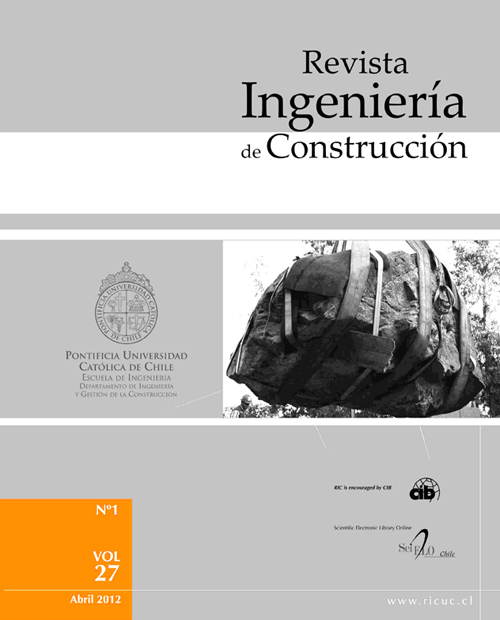Comparative analysis on environmental sustainability between masonry vaults and concrete structures
DOI:
https://doi.org/10.4067/S0718-50732012000100001Keywords:
Sustainable building, energy efficiency, eco-design, LCA, vaultAbstract
This paper compares, from a sustainability perspective, the environmental impact of a masonry arris vault with respect to a reticulated reinforced concrete slab, using techniques based on the Life Cycle Assessment to quantify the energy used in the manufacturing process of materials and in the construction of the structure. It has been detected that the vault consumes 75% less energy in the construction process, it emits 69% less CO2 into the atmosphere, it has an average manufacturing cost for short spans similar to a conventional slab, but much lower when large spans have to be covered, and it generates 171% less packaging waste from works, but it needs a larger and more skilled labor force. This paper shows that the vaulted building fully meets the current sustainability requirements and that this construction technique can coexist with the technology characterizing today's society, resulting in a product with high economic, functional and energy performances.


